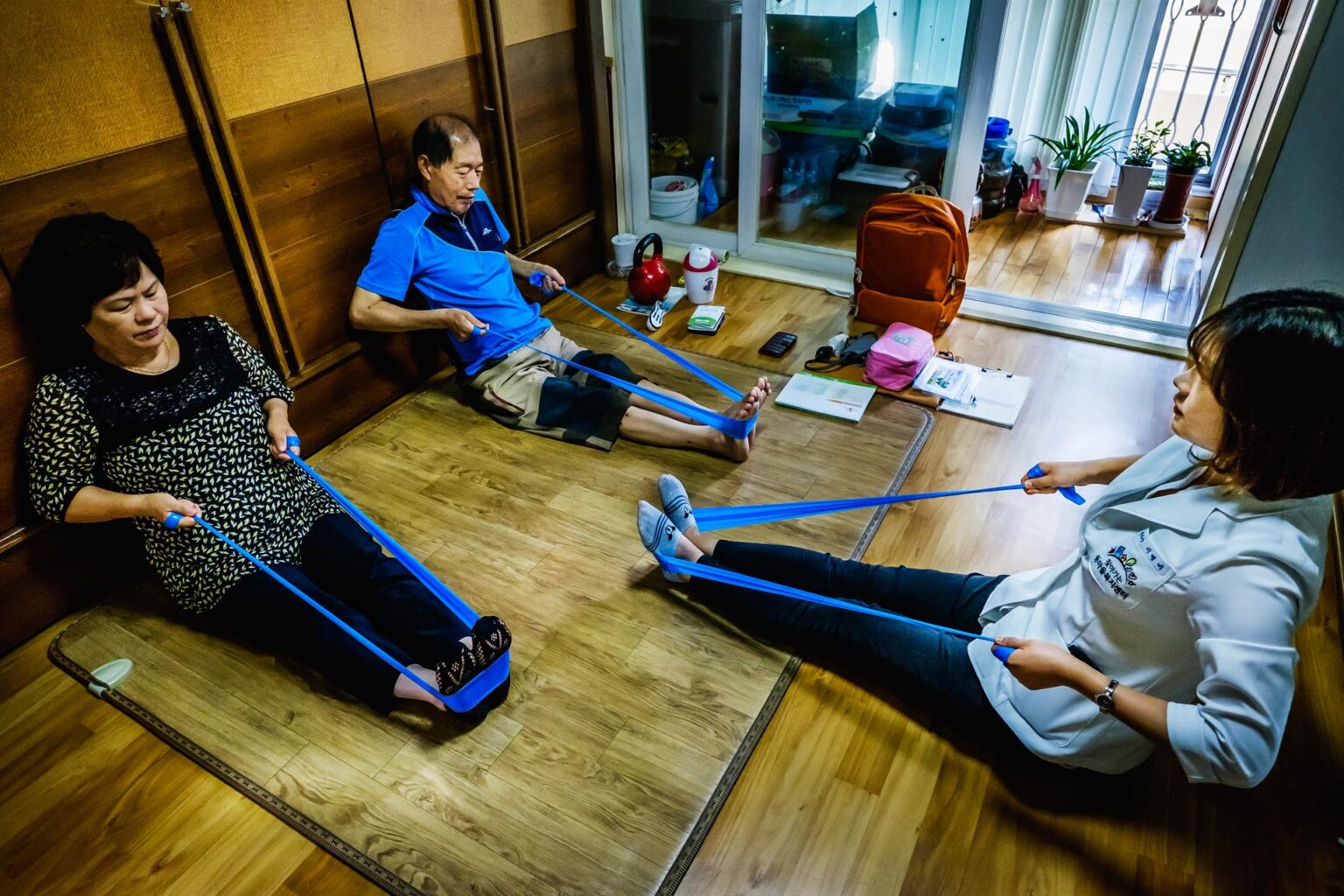
Rehabilitation is a set of interventions needed when a person is experiencing or is likely to experience limitations in everyday functioning due to ageing or a health condition, including chronic diseases or disorders, injuries or traumas. Rehabilitation enables individuals of all ages to maintain or return to their daily life activities, fulfil meaningful life roles and maximize their well-being.
Some examples of rehabilitation include:
Rehabilitation can reduce the impact of a broad range of health conditions, including diseases (acute or chronic), disorders, injuries or trauma. It is a highly integrated form of health care that complements other health interventions, such as medical and surgical interventions, helping to achieve the best outcome possible. For example, rehabilitation can help to prevent complications associated with many health conditions, such as spinal cord injury, stroke, or a fracture. Rehabilitation can also help to minimize or slow down the disabling effects of chronic health conditions, such as cardiovascular disease, cancer and diabetes by equipping people with self-management strategies and the assistive products they require, or by addressing pain or other complications.
Rehabilitation is an investment, with cost benefits for both the individuals and society. It can help to avoid costly hospitalization, reduce hospital length of stay, and prevent re-admissions. Rehabilitation also enables individuals to participate in education and gainful employment, remain independent at home, and minimize the need for financial or caregiver support.
Rehabilitation is not a disability-specific service for those with long-term impairments. Nor is it a service only for people with physical impairments. Rather, rehabilitation is a core part of effective health care for anyone with a health condition, acute or chronic, impairment or injury that limits functioning, and as such should be available for anyone who needs it.
Rehabilitation is not a luxury or optional health service for those who can afford it. Nor is it a fall-back strategy when preventive and curative interventions fail. For the full extent of the social, economic and health benefits of rehabilitation to be realized, timely and affordable rehabilitation interventions should be available to all.
Benefits
When undergoing joint replacement surgery, physical therapy plays a key role in the recovery process. Physical therapy for a joint replacement includes both pre-operative rehabilitation and post-operative rehabilitation
Before Surgery
Before receiving your joint replacement, even one visit of physical therapy can lead to a faster recovery. During this visit, you will learn how to perform appropriate exercises after surgery, and tips for completing basic activities, such as getting out of bed, walking up and down steps, and how to use an assistive device (i.e. – walker). You will also learn exercises to perform prior to surgery.
After Surgery
After your surgery, an outpatient physical therapy program will be developed to quickly restore your motion, strength, and function.
Typical programs will include:
Deals in rehabilitation following fractures and other orthopaedic procedures. Mainly Muscle Stiffness, Range of Motion and Muscle Strength are targeted in this. Most common cases seen are :
It is a doctor-supervised program designed for people with disease injury or disorders of the nervous system. It often improves function, reduce symptoms, and improve the well-being of the patient.
Conditions being benefited:
Cardiac rehabilitation is defined by the World Health Organization (WHO) as “The sum of activity and interventions required to ensure the best possible physical, mental, and social conditions so that patients with chronic or post-acute cardiovascular disease may, by their own efforts, preserve or resume their proper place in society and lead an active life”
Cardiac rehabilitation doesn’t change your past, but it can help you improve your heart’s future.
Cardiac rehab is a medically supervised program designed to improve your cardiovascular health if you have experienced heart attack, heart failure, angioplasty or heart surgery. Cardiac rehab has three equally important parts:
Pulmonary rehabilitation is a supervised exercise and education program for people who have a lung condition or problem such as COPD or asthma. Learn more about what to expect and how to participate in clinical trials.
It involves Pre , intra and post Pregnancy rehabilitation.